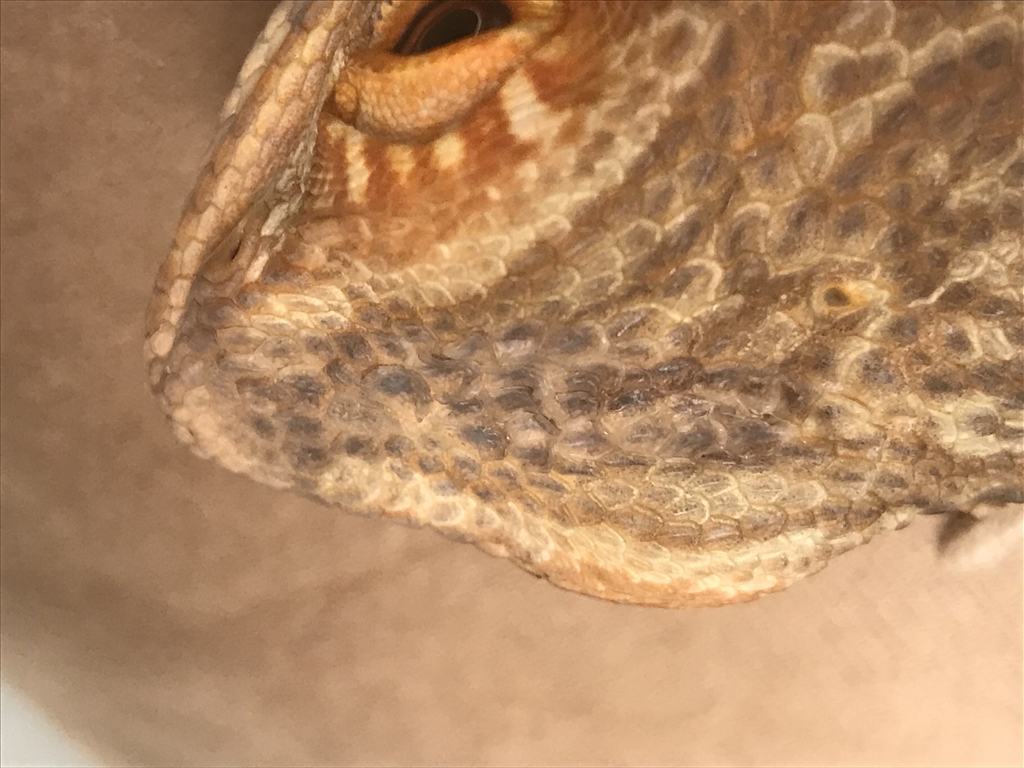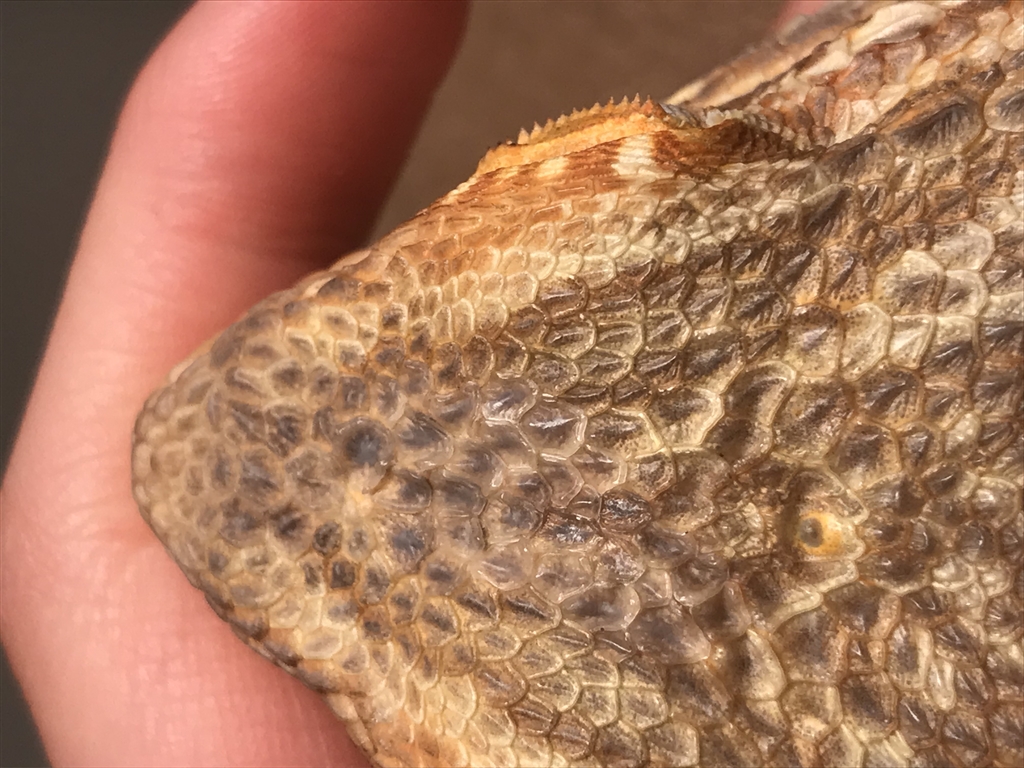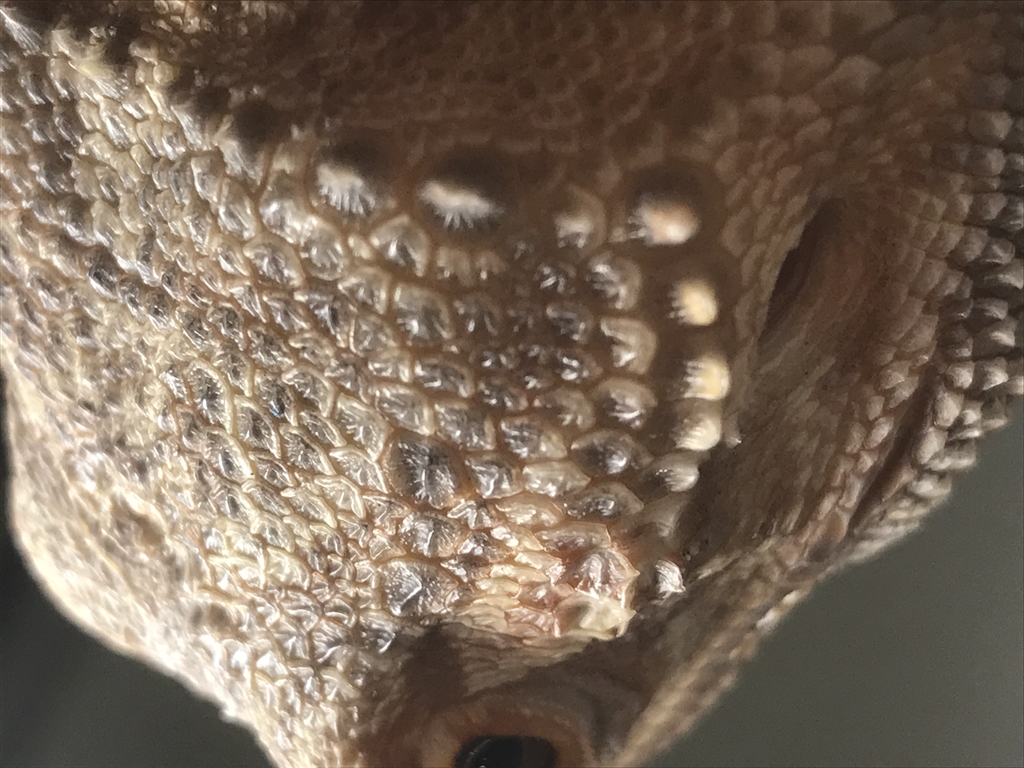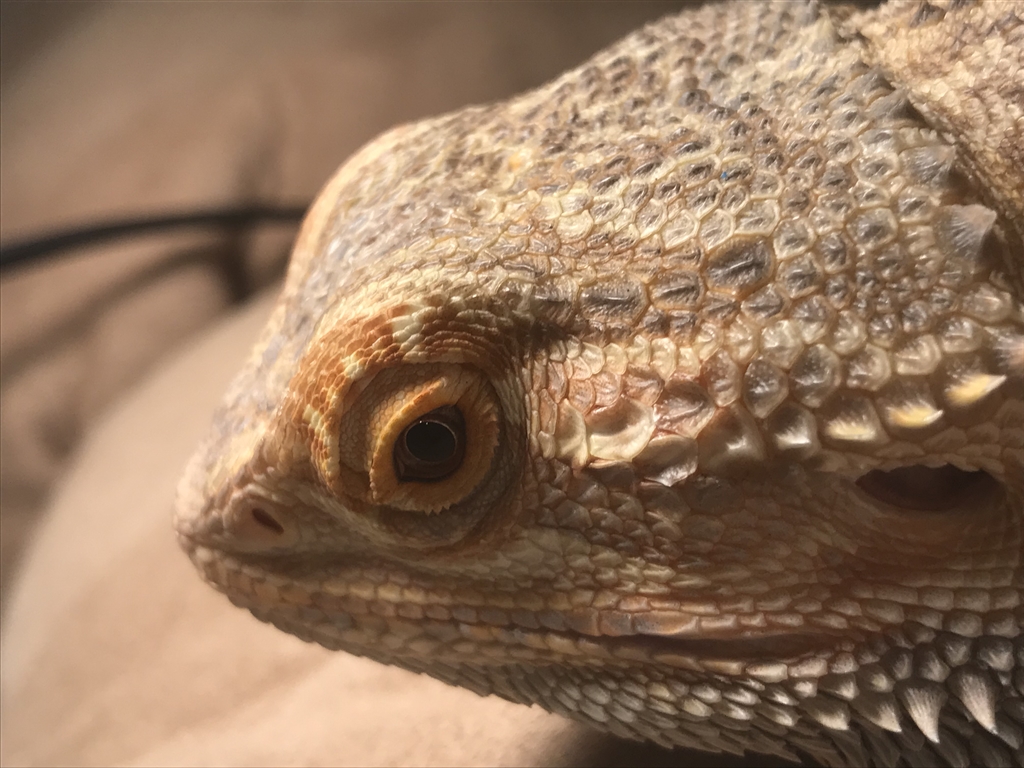Answers

Aug 27, 2020 - 01:57 PM
Your bearded dragon may be dehydrated. You can test for skin 'tenting' by pulling the skin up to see if it stays up (in a tent) or goes back to normal quickly. Skin that tents longer than a few seconds is a sure sign of dehydration.
Does your dragon's stool have the white part?
Some of the causes are feeding too much salad or foods that cause diarrhea, parasitism, impaction, etc.
First, you may need to get your dragon checked by the vet to be sure the cause isn't parasites or another disease.
Your shallow water dish should always be filled with fresh water, though frequent soaks are how bearded dragons rehydrate regularly.
Be sure you are giving soaks weekly, this is crucial.
You can also feed high water-content feeders (e.g. hornworms)
Does your dragon's stool have the white part?
Some of the causes are feeding too much salad or foods that cause diarrhea, parasitism, impaction, etc.
First, you may need to get your dragon checked by the vet to be sure the cause isn't parasites or another disease.
Your shallow water dish should always be filled with fresh water, though frequent soaks are how bearded dragons rehydrate regularly.
Be sure you are giving soaks weekly, this is crucial.
You can also feed high water-content feeders (e.g. hornworms)

Aug 28, 2020 - 05:44 AM
Phoenix Worms are the only calcium-rich feeder with the perfect balance of calcium and phosphorus, 1.5:1. This natural balance means that they can be a staple as your pet's diet.
Breeders report that hatchlings that are fed Phoenix Worms right from the start are more than 30% larger than their clutch mates after just a few weeks. They also note higher activity levels and brighter colors for the babies that were fed Phoenix Worms.
Phoenix worms are the gold standard of feeders, but many bearded dragons are slow to make the switch, especially if they are used to fast-moving feeders like crickets or dubia. However, it's very worth it to encourage them to make the switch since they are extremely high in calcium (you won't need to dust feeders anymore!).
PS: Phoenix Worms are also a natural weapon against coccidia. In addition to having a perfect balance of calcium and phosphorus, they provide high levels of natural lauric acid. Lauric acid is known for its excellent antimicrobial properties including potent activity against lipid-coated viruses, clostridium and pathogenic protozoa including coccidia. Lauric acid is a medium-chain saturated fatty acid found in Phoenix Worms as well as some vegetable oils and in dairy products. 53% of the fat in Phoenix Worms is beneficial lauric acid, a proven antimicrobial effective against coccidiosis.
Breeders report that hatchlings that are fed Phoenix Worms right from the start are more than 30% larger than their clutch mates after just a few weeks. They also note higher activity levels and brighter colors for the babies that were fed Phoenix Worms.
Phoenix worms are the gold standard of feeders, but many bearded dragons are slow to make the switch, especially if they are used to fast-moving feeders like crickets or dubia. However, it's very worth it to encourage them to make the switch since they are extremely high in calcium (you won't need to dust feeders anymore!).
PS: Phoenix Worms are also a natural weapon against coccidia. In addition to having a perfect balance of calcium and phosphorus, they provide high levels of natural lauric acid. Lauric acid is known for its excellent antimicrobial properties including potent activity against lipid-coated viruses, clostridium and pathogenic protozoa including coccidia. Lauric acid is a medium-chain saturated fatty acid found in Phoenix Worms as well as some vegetable oils and in dairy products. 53% of the fat in Phoenix Worms is beneficial lauric acid, a proven antimicrobial effective against coccidiosis.
![[RAINBOW MEALWORMS]](https://cdn2.bigcommerce.com/server700/236bd/product_images/uploaded_images/ask-us-a-question.png?t=1555860964&_ga=2.63975151.1964021392.1553523198-536666054.1553523198)









Add New Comment